

After a separation from its own Halo brand, years of development and a monumental budget, Bungie’s first chapter of its epic sci-fi shooter franchise is finally here. Like many gamers, we’ve been been playing a lot of Destiny over the last two weeks since its release. And we needed to before we could understand everything the game offers and assign a review score. We’ve also been playing it a lot because Destiny is highly addictive, but not necessarily for the right reasons.
Destiny takes place centuries into the future where Earth, and the now-colonized local planets in our solar system, have been mostly eradicated by what we can vaguely refer to as “The darkness.” There’s one remaining city on Earth, protected by a massive, floating spherical alien being known as the Traveler. It was this mysterious being that brought about the rapid evolution and expansion of humanity and who protects what remains on Earth. It’s also the Traveler that serves as the plot device behind the “Light”-powered abilities of the Guardians – the warriors players play as in Destiny that are divided into three familiar classes (Titans, Hunters and Warlocks).
The Traveler, the rise and fall of humanity, and the other alien species – some only playable, others only killable – are just little bits of the cool lore behind Destiny, lore that’s barely explored and detailed in the game. There’s sadly not much of a story to speak of in Destiny, which make the rare bits of dialogue between the game’s few characters feel even more odd and out of place. At the beginning of the game all players are introduced to a little robot ‘Ghost’ sidekick (voiced by Peter Dinklage) who, from mission to mission, offers plot information through exposition to pull players through, but most of it is uninteresting and forgettable because of how poorly it’s presented.
Destiny’s story and setting are rather lifeless. Of course, this is partly due to the game’s post-apocalyptic setting, but it’s mainly because Bungie took shortcuts and embraced dated MMO design philosophies in crafting the missions and environments. Invisible walls serving alien spawn locations are everywhere! Outside of the few scripted Ghost and Speaker (faceless man who represents the Traveler) scenes, and merchants in The Tower (the game’s social hub), there are no other characters to interact with. The story missions are relegated to running solo (or with up to two friends) and simply eradicating everything that moves. Same goes for the more challenging Strike missions which feature matchmaking to fill your three-person Fireteam. In between those missions or at any time after once unlocked, there are also ‘patrols’ where players explore the four maps they’ve already seen (Earth, the Moon, Venus and Mars) in the story missions and earn additional experience and reputation by picking up little side quests.
The side quests involve players approaching and activating flashing beacons which prompt narrated mission instructions from characters you won’t know anything about and all the objectives are practically the same. Like the worlds they take place in, the patrol and story missions are not dynamic or interactive enough, and as a result Destiny is largely disappointing and unoriginal as a first chapter in something we’re told is “just the beginning.” Even the public events in these areas,which involve killing a mini-boss or protecting an area for a few minutes, become quickly repetitive but still must be played for additional daily rewards. It’s very detached and lacking of that feeling of being involved in something epic or meaningful.
Bungie’s expertise in visual design, sound and gameplay mechanics saves the game and make Destiny something worth playing despite its flaws and omissions (and long load times). Destiny looks and plays very well, bolstered by artistically crafted menus, and is meant to be played with others. That really starts after playing through the game once through to hit its soft level cap. From there, to continue progressing and taking on Destiny’s most rewarding challenges, players must acquire rare, legendary and exotic armor and weapons, and that’s achieved through replaying the game’s cooperative strikes, daily/weekly challenges and the competitive multiplayer in order to collect certain, needed items.
This is both the best and worst part of Destiny. Strikes, which can be played with up to three players, are where the game shines, but there are only six of them. They don’t change much as the difficulty ramps up since it translates into simply putting more bullets on bosses, so while there’s something special about taking out aliens and even bigger aliens with friends, doing so repeatedly to level up, to complete bounties or for a small chance at gaining hard-to-acquire loot, may not be enough for all players.
The harsh grind is centered around Destiny’s problematic looting system which primarily gives players the same lower level (read: useless) gear through ‘Engrams‘ – items that need to be decoded. Picking up the rarest Engrams inexplicably rewards players mostly with less-valuable items, and when added to the already-demanding repetition, there are multiple layers of Destiny throwing up walls to prevent players getting something new and leveling up their Guardians.
This is how the game can be addictive because players must attain certain gear to play some parts of the game, but punishing at the same time for how that’s achieved. Destiny even holds back players from buying gear at vendors by making them grind for reputation points. Players are also expected to run in circles or “farm” on worlds to pick up resources and loot chests for materials to upgrade, an obsolete MMO mechanic which is painfully dull and unnecessary. When you do get that legendary or exotic weapon though, or cool color shaders to change the look of your armor, it does feel good.
While a cooperative-focused title, Destiny sadly does not support local play on the same console or via LAN, something Bungie were champions of in the Halo days. Destiny may really depend on who you play with so if you don’t have equally-leveled friends playing on the same system, you’ll need to reach out to strangers since matchmaking isn’t supported in the daily/weekly challenges or the game’s high-level raids.
Destiny also features competitive multiplayer, dubbed ‘The Crucible‘, which actually lets players use their same characters from the main game, even down to the unlocked abilities and high level gear. It’s an interesting design decision to let players grow their characters in multiplayer before finishing the level-specific story missions, but the game lets players boost the difficulty on story missions, even if it does present a problem with balancing on the competitive side.
Most modes in The Crucible balance out weapon damage so low and high level players can fairly compete, but it doesn’t account for players who have more abilities unlocked or special features on higher level guns and armor. Add to that the unique powers of the three classes and corresponding subclasses, which are unbalanced, and multiplayer can be frustrating at times depending on the mix of players or team sizes. It’s a neat concept and a great way to earn additional loot, and there are even bounties specific to The Crucible, but like the main game, the competitive multiplayer is half-baked and lacking in creativity. There are some great maps, but no new or innovative modes compared to other shooters, and certainly less on the variety and vehicle front than Bungie’s past efforts.
Destiny is the type of game where there’s a lot to enjoy if you make the most of it. Putting in an effort to coordinate with others to tackle certain bounties or challenges is just plain fun, and the story and other stuff isn’t required for that sort of cooperative experience. That’s where Destiny is at its best and where it can build from in expansions and sequels. As the launching pad for a new franchise however, Destiny ultimately feels incomplete, yet it’s still a game we can easily recommend for shooter fans. At the time of this writing I’ve put in 59 hours and 49 minutes into Destiny (my hunter and gear pictured above) and have acquired legendary or exotic gear for every weapon and armor slot. And I’m still interested in getting online to try the raid with friends so that speaks volumes to where Destiny succeeds and how much potential it has.
Destiny is available now for PS3, PS4, Xbox 360, and Xbox One. Game Rant played the PS4 version for review.
Follow Rob on Twitter @rob_keyes.
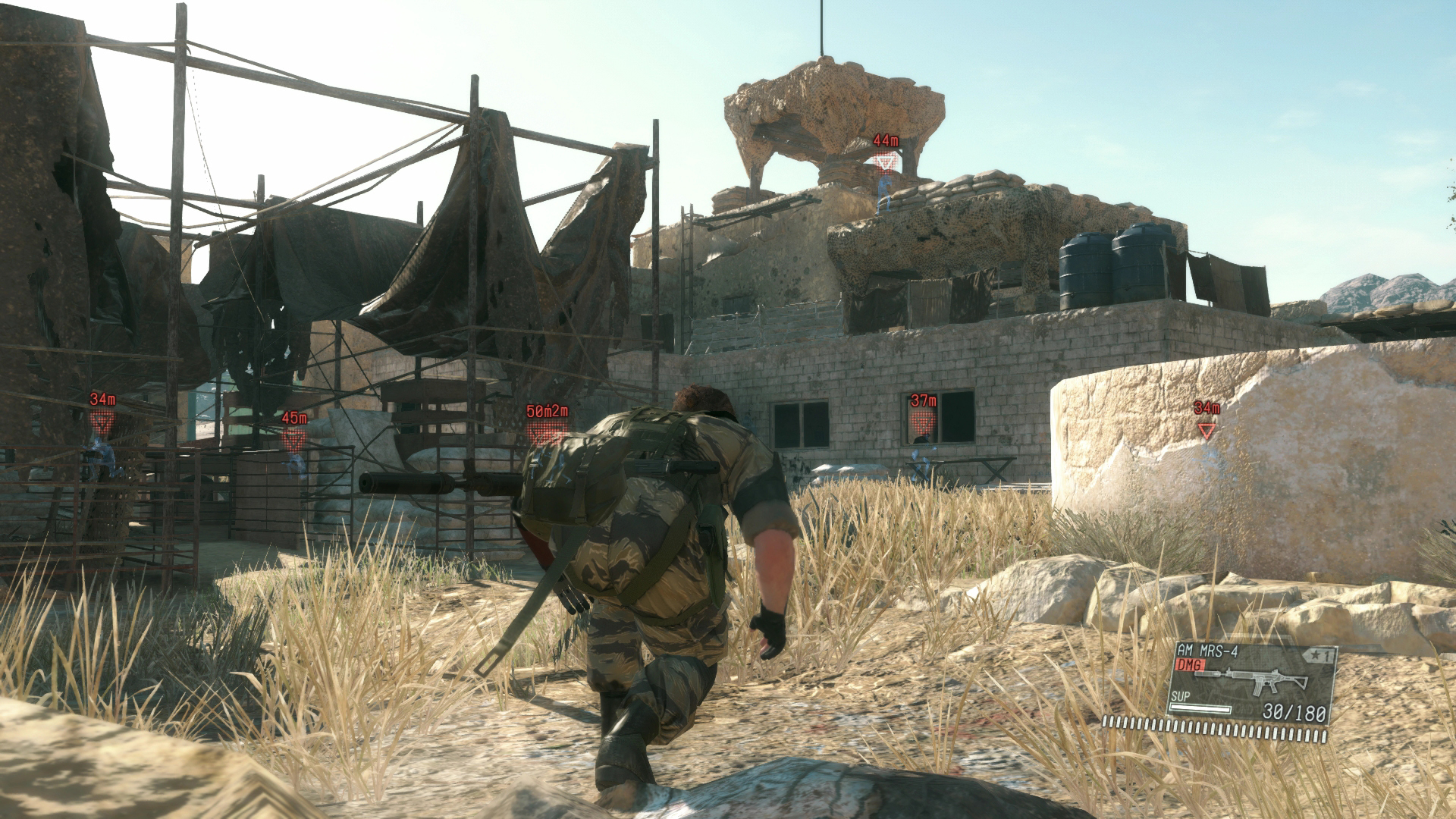


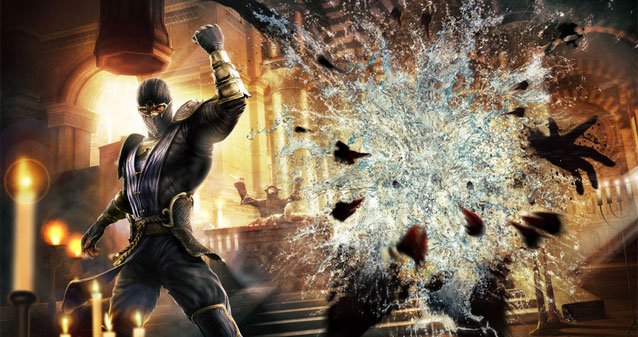
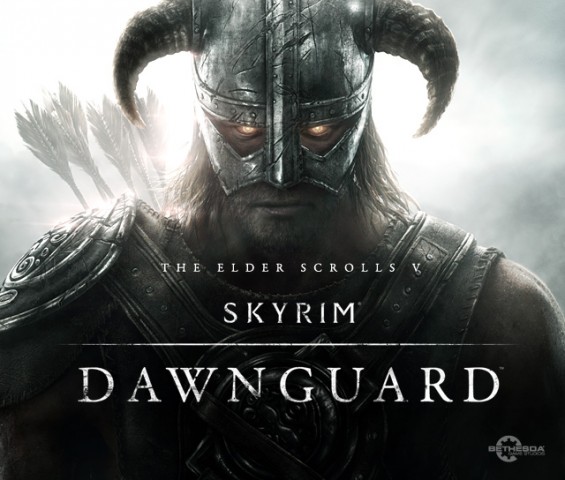 The Elder Scrolls V: Dawnguard:Achievements and Trophies
The Elder Scrolls V: Dawnguard:Achievements and Trophies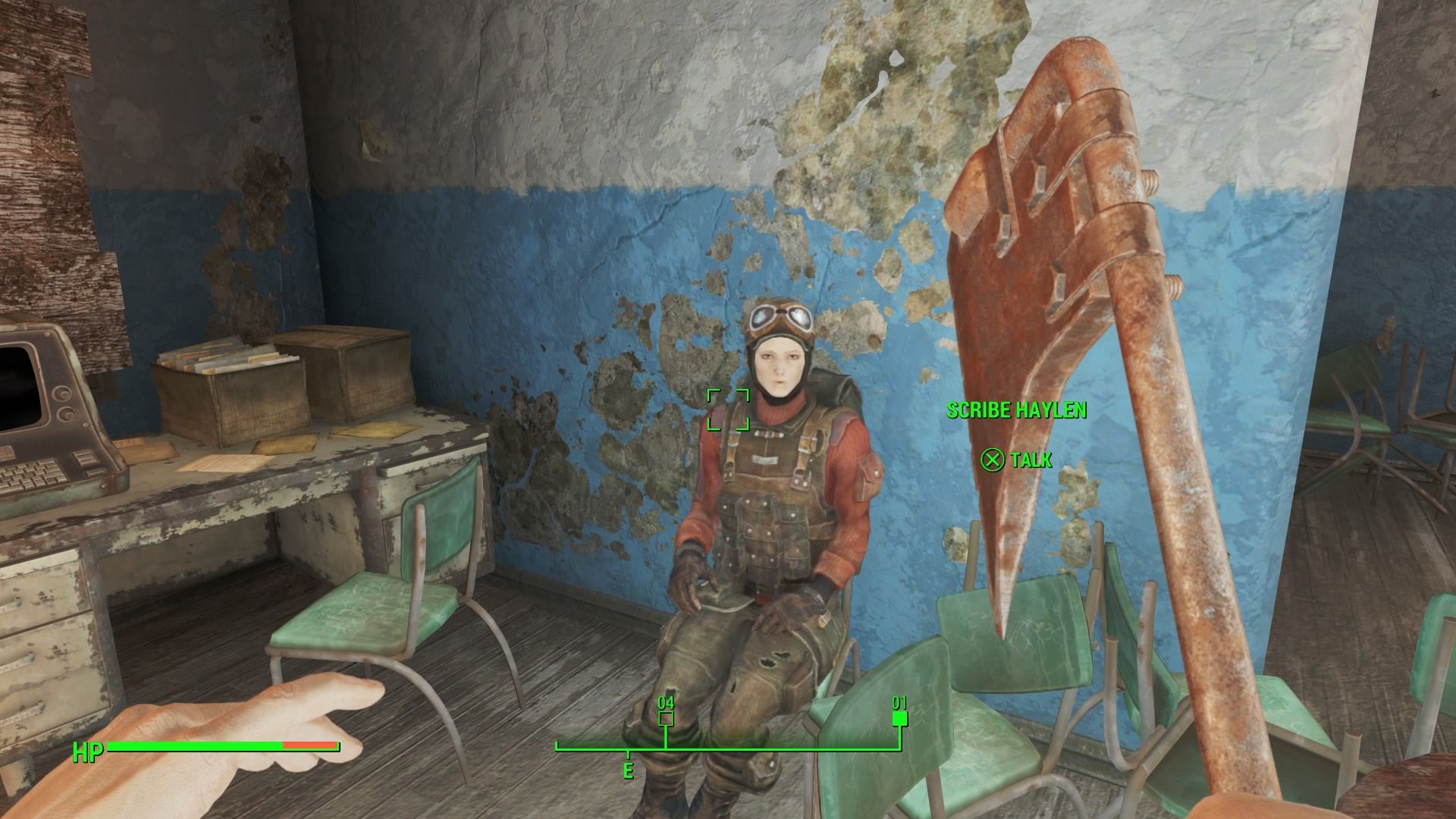 Fallout 4: Semper Invicta walkthrough
Fallout 4: Semper Invicta walkthrough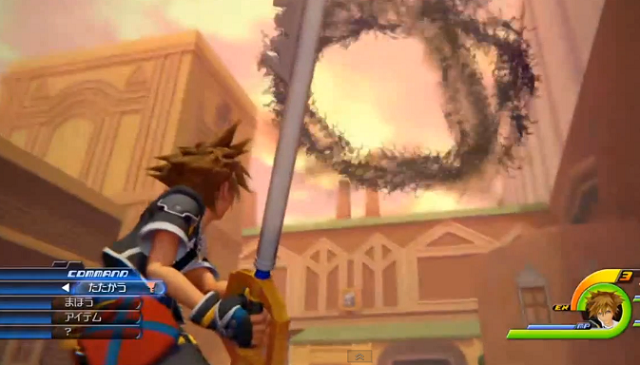 Kingdom Hearts III Wiki – Everything you need to know about the game .
Kingdom Hearts III Wiki – Everything you need to know about the game .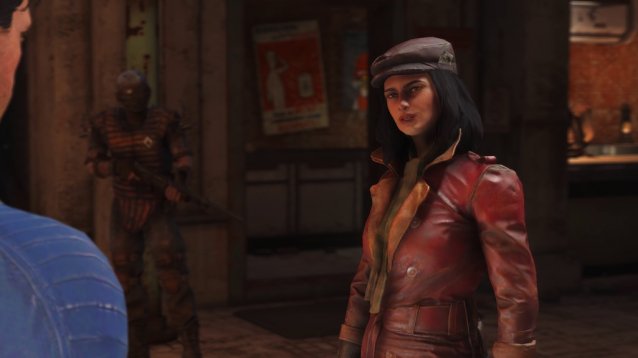 Fallout 4 Guide: How To Build Companion Relationships
Fallout 4 Guide: How To Build Companion Relationships Read More Intelligent Content in 2016 with These 35 Sites
Read More Intelligent Content in 2016 with These 35 Sites